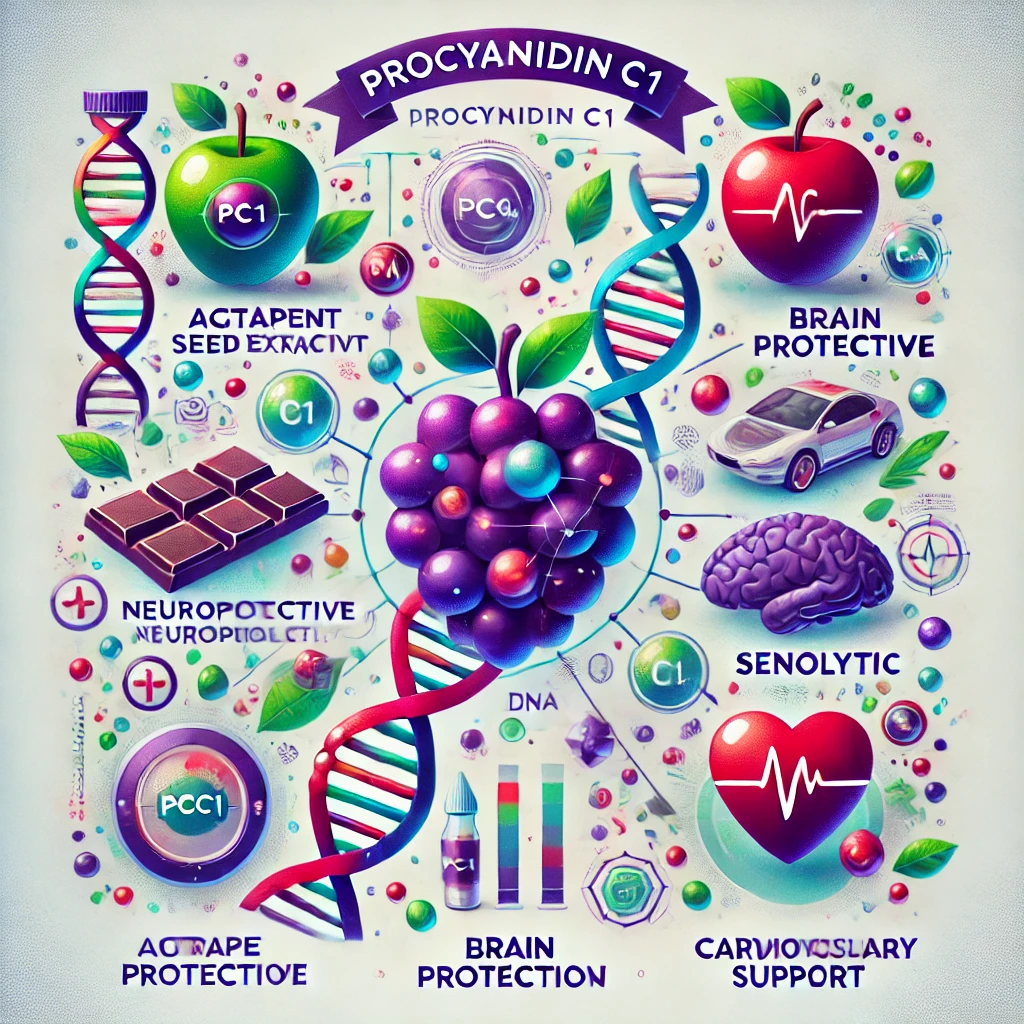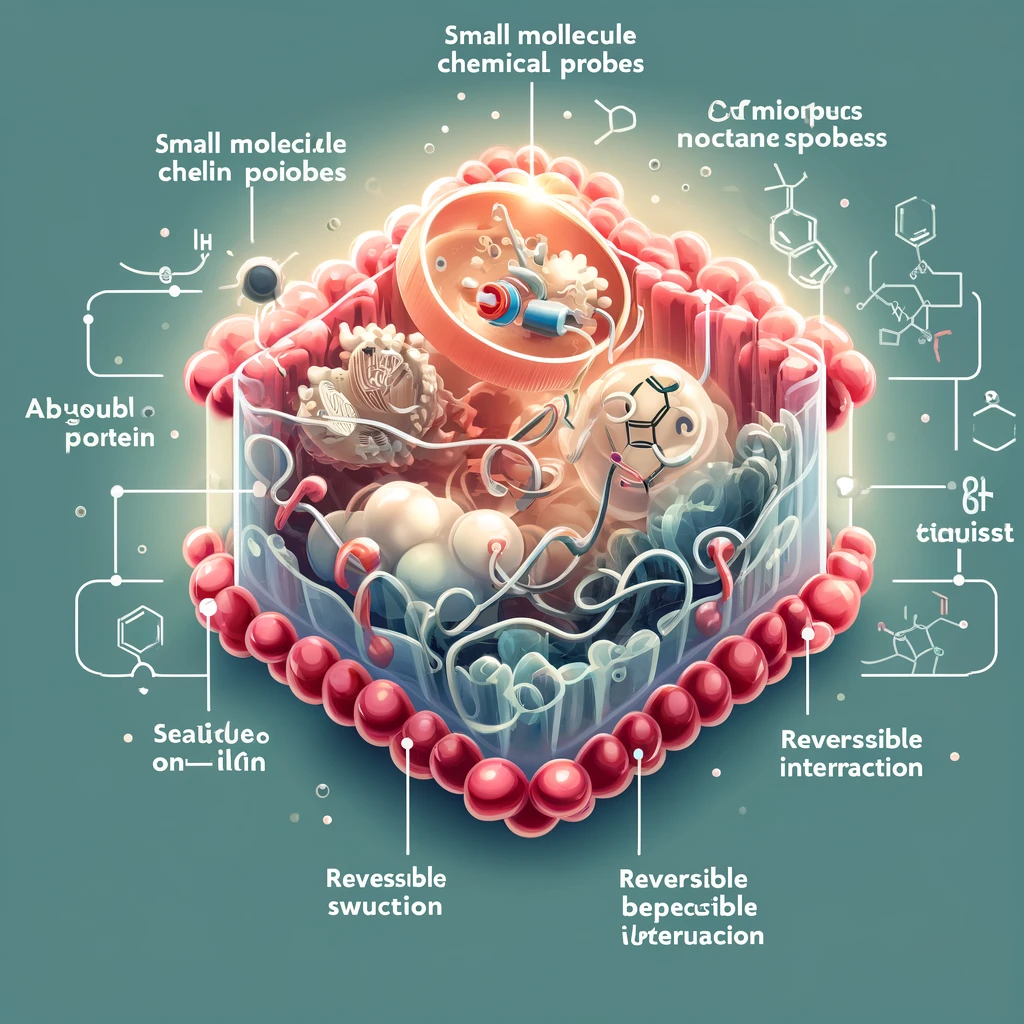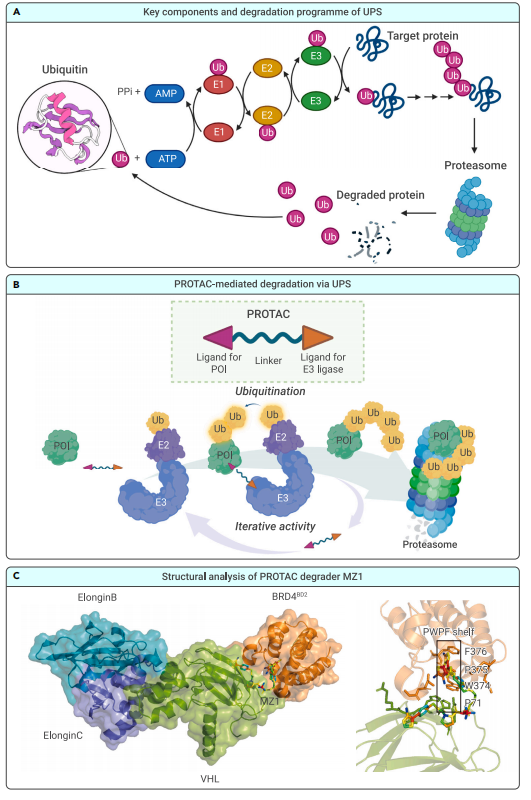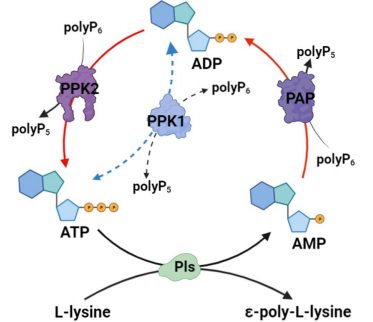Exploring the Versatility of Heparin: From Anticoagulant to Multifaceted Therapeutic Agent
Abstract
Heparin, a critical anticoagulant, has long been used to prevent and treat blood clots. Recent research has expanded its potential applications beyond traditional anticoagulation, revealing its versatility as a therapeutic agent. This blog post explores the advancements in heparin and its derivatives, highlighting their role in cancer therapy, antiviral treatments, and other medical uses. Low-molecular-weight heparins (LMWHs) and very-low-molecular-weight heparins (VLMWHs) are optimized for better efficacy and reduced side effects. Additionally, innovations in oral heparin formulations aim to improve patient convenience and therapeutic outcomes. The future of heparin-based therapies is promising, with ongoing research focused on optimizing these compounds for broader clinical applications. By understanding the molecular mechanisms and therapeutic potential of heparin derivatives, researchers are paving the way for new treatments that could address some of the most challenging medical conditions.
Introduction
Heparin, a well-established anticoagulant, has been a cornerstone in medical treatments for decades. Its primary use in preventing and treating blood clots has saved countless lives and made it an indispensable drug in hospitals worldwide. However, recent research has expanded our understanding of heparin’s potential far beyond its traditional use. This blog post aims to explore these advancements, particularly focusing on the paper “Heparin and Its Derivatives: Challenges and Advances in Therapeutic Biomolecules” published in the International Journal of Molecular Sciences. This review sheds light on the innovative developments and therapeutic applications of heparin and its derivatives, offering new hope for treating a variety of diseases.
Heparin’s role as an anticoagulant is well-known, but its structural similarities to heparan sulfate, a component of the extracellular matrix, open up numerous possibilities for its use as a biomolecule. This paper delves into the recent advances in heparin derivatives, including low-molecular-weight heparins (LMWH) and synthetic mimetics, which offer optimized efficacy and reduced side effects. These derivatives are not only improving anticoagulant therapy but are also being explored for their potential in cancer treatment, wound healing, and even as antiviral agents.
The significance of this research lies in its potential to transform heparin from a single-use drug into a multifaceted therapeutic agent. By understanding the molecular mechanisms and therapeutic potential of heparin derivatives, researchers are paving the way for new treatments that could address some of the most challenging medical conditions. This blog post will provide a comprehensive overview of these developments, highlighting the challenges and future prospects of heparin-based therapies.
What is Heparin?
Heparin is a naturally occurring anticoagulant primarily used to prevent and treat blood clots in medical settings. Discovered in the early 20th century, heparin is derived from animal tissues, such as pig intestines and cow lungs, where it naturally occurs in the form of heparan sulfate. Structurally, heparin is a glycosaminoglycan, composed of long chains of repeating disaccharide units. These chains are highly sulfated, contributing to heparin’s strong negative charge and its ability to interact with various proteins in the blood coagulation pathway.
Traditionally, heparin has been used as an injectable anticoagulant in patients at risk of thrombosis. Its primary function is to enhance the activity of antithrombin III, a protein that inactivates several enzymes of the coagulation system. This interaction significantly reduces the formation of blood clots, making heparin essential during surgeries, dialysis, and in patients with deep vein thrombosis or pulmonary embolism.
Heparan sulfate, structurally similar to heparin, is an important component of the extracellular matrix in vertebrate tissues. This similarity allows heparin to mimic some of the biological functions of heparan sulfate, making it a versatile biomolecule. Heparan sulfate proteoglycans are involved in various physiological processes, including cell signaling, inflammation, and wound healing. This has led researchers to explore the potential of heparin beyond its anticoagulant properties, investigating its role in drug delivery, tissue engineering, and treatment of various diseases.
Advances in Heparin Derivatives
Recent advancements in heparin research have focused on developing derivatives with optimized efficacy and reduced side effects. Low-molecular-weight heparins (LMWHs), such as enoxaparin and nadroparin, have been engineered to provide better pharmacokinetic and pharmacodynamic profiles compared to unfractionated heparin (UFH). These LMWHs have smaller, more uniform molecular weights, which enhance their predictability and reduce the risk of bleeding complications.
Very-low-molecular-weight heparins (VLMWHs) and synthetic heparin mimics represent the next step in heparin optimization. These derivatives have been designed to target specific factors in the coagulation cascade, such as Factor Xa, with high specificity, minimizing systemic toxicity. One notable example is fondaparinux, a synthetic pentasaccharide that selectively inhibits Factor Xa, offering a more controlled anticoagulant effect with fewer side effects.
Oral administration of heparin has long been a challenge due to its poor absorption in the gastrointestinal tract. Innovations in chemical conjugation and formulation have led to the development of oral heparin derivatives. For instance, conjugates of heparin with hydrophobic molecules like deoxycholic acid improve oral bioavailability, making anticoagulant therapy more convenient for patients. These advancements not only enhance the therapeutic profile of heparin but also expand its clinical applications beyond traditional anticoagulation.
Expanding Applications of Heparin
Heparin’s therapeutic potential extends well beyond its traditional role as an anticoagulant. Recent research has uncovered various new applications for heparin and its derivatives, particularly in the fields of cancer therapy, antiviral treatments, and other medical uses. These advancements highlight heparin’s versatility as a biomolecule and its potential to address a broad range of health issues.
Cancer Therapy
One of the most promising areas of research involves the use of heparin and its derivatives in cancer treatment. Heparin has been shown to inhibit tumor growth and metastasis by interacting with various tumor-related factors. For example, heparin can bind to vascular endothelial growth factor (VEGF), basic fibroblast growth factor (bFGF), and other proteins involved in angiogenesis and cell migration, thereby suppressing the growth and spread of cancer cells. Derivatives such as heparin-taurocholate and heparin-deoxycholic acid conjugates have been developed to enhance these anti-cancer properties while minimizing anticoagulant effects. These heparin conjugates have demonstrated significant potential in preclinical studies, showing delayed tumor growth and reduced metastasis.
Antiviral Properties
Heparin’s ability to bind to various proteins also underpins its antiviral properties. Recent studies have shown that heparin and its derivatives can inhibit the attachment and entry of viruses into host cells. For instance, heparin has been found to prevent the influenza virus H5N1 from attaching to cells, and it has demonstrated potential against SARS-CoV-2, the virus responsible for COVID-19. In vitro studies suggest that heparin can bind to the spike protein of SARS-CoV-2, thereby inhibiting the virus’s ability to infect cells. This antiviral activity makes heparin a promising candidate for the development of new antiviral therapies.
Other Medical Uses
Beyond cancer and antiviral treatments, heparin and its derivatives are being explored for various other medical applications. These include wound healing, where heparin’s ability to promote angiogenesis and cell migration can accelerate tissue repair. Heparin has also shown potential in treating inflammatory conditions and autoimmune diseases by modulating the activity of cytokines and other immune factors. Additionally, heparin derivatives are being investigated for their role in drug delivery systems, leveraging their biocompatibility and ability to bind to specific targets to enhance the delivery and efficacy of therapeutic agents.
Future Prospects and Conclusion
The future of heparin and its derivatives in medical treatment appears exceptionally promising, given the significant advancements made in recent research. These developments have paved the way for heparin to evolve from a well-known anticoagulant into a versatile therapeutic agent with applications across various medical fields.
Emerging Research
Ongoing research continues to uncover new applications for heparin-based therapies. The focus is not only on enhancing its traditional anticoagulant properties but also on exploring its potential in treating cancer, viral infections, and other complex medical conditions. Scientists are particularly interested in developing heparin derivatives that retain therapeutic efficacy while minimizing adverse effects. This includes creating low-molecular-weight and very-low-molecular-weight heparins that offer targeted anticoagulant effects with reduced bleeding risks.
Clinical Implications
The clinical implications of these advancements are vast. Heparin derivatives could become integral components of new treatment protocols for cancer, leveraging their ability to inhibit tumor growth and metastasis. Additionally, their antiviral properties may lead to innovative treatments for diseases like COVID-19 and influenza. The versatility of heparin also holds promise for developing advanced drug delivery systems, where heparin conjugates can improve the targeting and efficacy of therapeutic agents.
Final Thoughts
In conclusion, the continued exploration of heparin and its derivatives represents a significant stride in medical research. These advancements have the potential to revolutionize treatment paradigms across various medical disciplines, offering more effective and safer therapeutic options. As research progresses, it is crucial to maintain a focus on optimizing these compounds for clinical use, ensuring that their benefits can be fully realized in patient care.
The transformative potential of heparin-based therapies underscores the importance of ongoing research and development. By continuing to innovate and explore new applications, researchers can unlock the full therapeutic potential of heparin, providing new hope for treating some of the most challenging medical conditions.
References
Cosmi, B., & Palareti, G. (2012). Old and new heparins. Thrombosis Research, 129(3), 388-391.




